When investing in an interactive flat panel for your organization, understanding the essential features ensures you make an informed decision. These sophisticated displays have revolutionized how we present, collaborate, and engage with digital content. Here’s a comprehensive guide to the key features you should consider.
Display Quality Essentials
Resolution and Clarity
The best interactive flat panel solutions offer:
- 4K UHD resolution
- Anti-glare coating
- Wide viewing angles
- High contrast ratios
Touch Technology
Modern panels feature advanced touch capabilities:
- Multi-touch support
- Palm rejection technology
- Object recognition
- Precision writing experience
Connectivity Options
Wireless Connectivity
Essential wireless features include:
- Screen mirroring
- Bluetooth connectivity
- Wi-Fi capabilities
- Cloud integration
Physical Ports
Look for panels offering:
- Multiple HDMI inputs
- USB ports
- Audio outputs
- Network connections
Software Integration
Built-in Applications
Quality panels come with:
- Whiteboarding software
- Screen recording
- File management
- Browser integration
Compatibility
Ensure support for:
- Multiple operating systems
- Common file formats
- Third-party applications
- Cloud platforms
Interactive Features
Writing and Drawing
Critical capabilities include:
- Smooth pen experience
- Multiple pen tools
- Eraser functionality
- Color options
Collaboration Tools
Look for features supporting:
- Multi-user interaction
- Content sharing
- Remote participation
- Split-screen capability
Hardware Specifications
Panel Design
Consider physical aspects:
- Screen size options
- Bezel thickness
- Build quality
- Mounting options
Processing Power
Evaluate the system’s:
- Processor speed
- RAM capacity
- Storage space
- Graphics capabilities
User Experience Features
When selecting an interactive flat panel Dubai solution, consider:
Ease of Use
- Intuitive interface
- Quick start-up
- Easy navigation
- Customizable settings
User Management
- Multiple user profiles
- Access controls
- Settings management
- Data security
Environmental Considerations
Energy Efficiency
Look for:
- Power-saving modes
- Energy certifications
- Heat management
- Eco-friendly features
Durability
Consider:
- Screen durability
- Temperature resistance
- Humidity tolerance
- Maintenance requirements
Support and Maintenance
Warranty Coverage
Verify:
- Warranty duration
- Coverage scope
- Support availability
- Replacement policy
Technical Support
Ensure access to:
- Local support
- Remote assistance
- Training resources
- Regular updates
Additional Features to Consider
Security Features
- Data encryption
- Secure boot
- Access controls
- Network security
Future-Proofing
Look for:
- Upgrade potential
- Expandability options
- Software updates
- Hardware longevity
Cost Considerations
Total Cost of Ownership
Factor in:
- Initial purchase price
- Installation costs
- Maintenance expenses
- Operating costs
Value-Added Features
Consider:
- Bundled software
- Training packages
- Support services
- Warranty options
Making the Final Decision
Assess Your Needs
Consider:
- Room size and layout
- User requirements
- Budget constraints
- Integration needs
Evaluate Options
Compare:
- Feature sets
- Price points
- Support services
- User reviews
Conclusion
Selecting the right interactive flat panel requires careful consideration of numerous features and factors. While the initial cost might be a significant factor, focusing on the quality of essential features ensures long-term satisfaction and value. By understanding these key features and how they align with your organization’s needs, you can make an informed decision that serves your purposes effectively.
Remember that the best interactive flat panel for your organization depends on your specific requirements and use case. Consider how each feature contributes to your goals, and prioritize those that will have the most significant impact on your daily operations and user experience.


